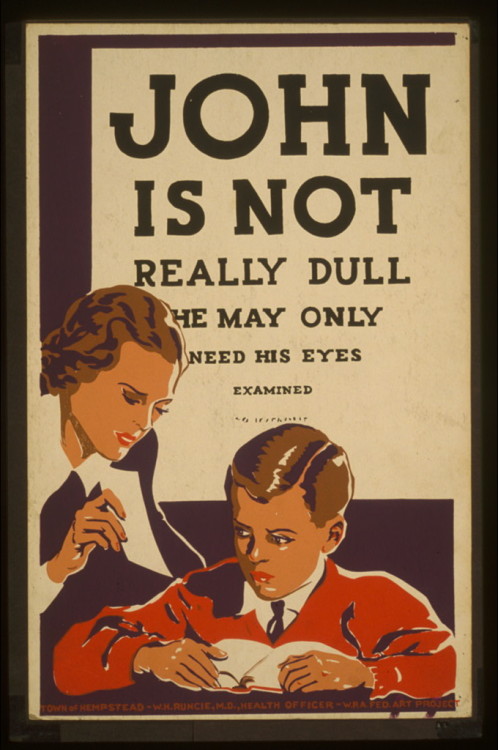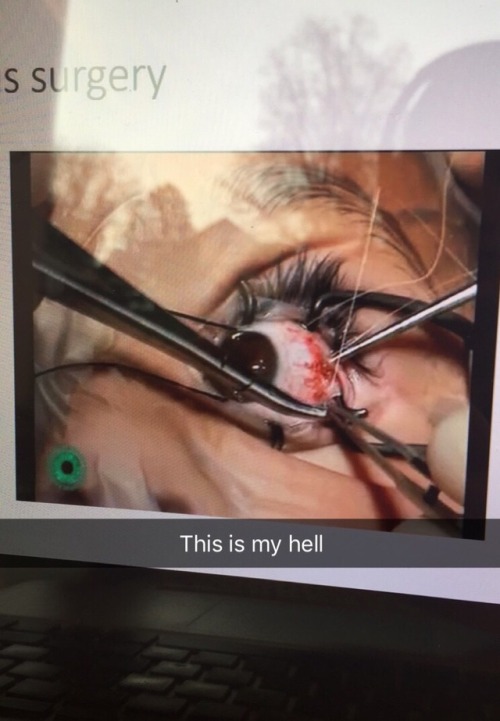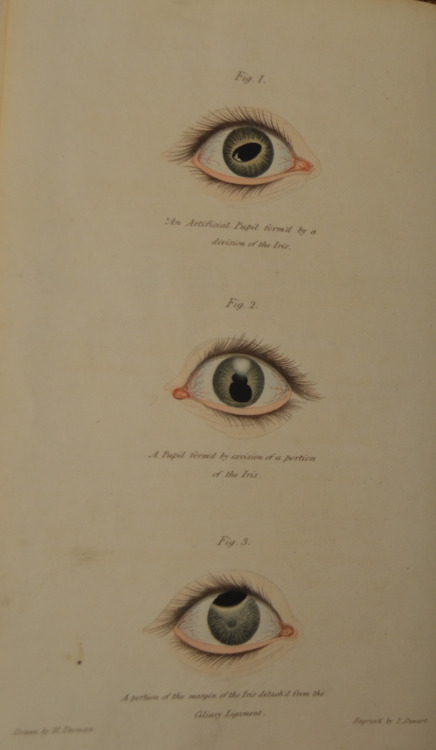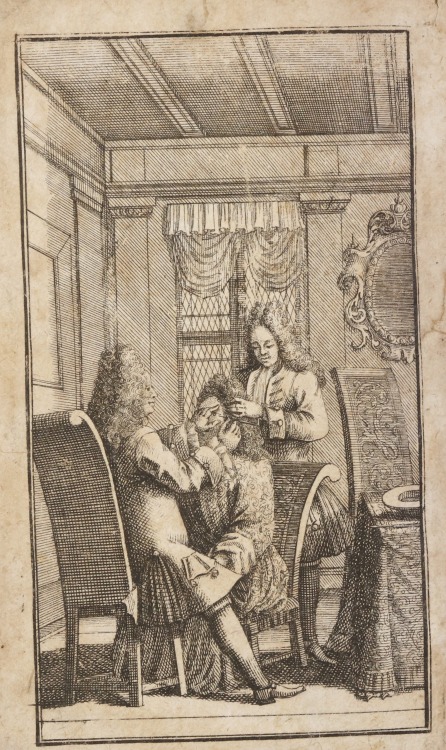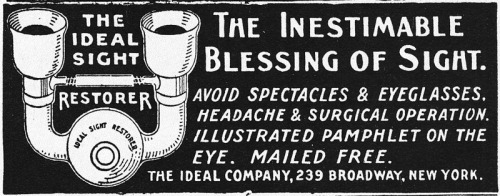#ophthalmology
Yesterday was Shrove Tuesday, the traditional feast day before the start of Lent. Also known as Pancake Day, many people will have returned to traditional recipes or experimented with the myriad of options available for this versatile treat.
But you may not realise pancakes are helping to advance medicine. Here we revisit some interesting research

In a study that was published in Mathematics Today, researchers found that understanding the textures and patterns of pancakes helped improve surgical methods for treating glaucoma.
The appearance of pancakes depends on how water escapes the batter mix during the cooking process. This is impacted by the batter thickness. Understanding the physics of the process can help in producing the perfect pancake, but also provides insights into how flexible sheets, like those found in human eye, interact with flowing vapour and liquids.

Illustration of a healthy eye, glaucoma, cataract
The researchers at University College London (UCL), UK, compared recipes for 14 different types of pancake from across the world. For each pancake the team analysed and plotted the aspect ratio, i.e. the pancake diameter to the power of three in relation to the volume of batter. They also calculated the baker’s percentage, the ratio of liquid to flour in the batter.

Pancake batter
It was found that thick, almost spherical pancakes had the lowest aspect ratio at three, whereas large thin pancakes had a ratio of 300. The baker’s percentage did not vary as dramatically, ranging from 100 for thick mixtures to 175 for thinner mixtures.
Co-author Professor Sir Peng Khaw, Director of the NIHR Biomedical Research Centre at Moorfields Eye Hospital and UCL Institute of Ophthalmology said; ‘We work on better surgical methods for treating glaucoma, which is a build-up of pressure in eyes caused by fluid. To treat this, surgeons create an escape route for the fluid by carefully cutting the flexible sheets of the sclera.’
‘We are improving this technique by working with engineers and mathematicians. It’s a wonderful example of how the science of everyday activities can help us with medicinal treatments of the future.’

Classic american pancakes
For more information on this topic, please click here.
The plump fruit can give more than meets the eye…

‣ They are full of lutein (0.5mg/medium avo) and zeaxanthin. These are two carotenoids which are selectively absorbed in the macula. Relative intakes of both decreases in age, more so in females than males, and it has been suggested that a good natural source of these two reduces progression of age-related macular degeneration (ARMD) and possibly cataractsas well.
‣ They have lots of folate, vitamins C, K, B6 & potassium, and small amounts of magnesium, manganese, copper, iron, zinc, phosphorous and vitamins A, B1 (thiamine), B2 (riboflavin) and B3 (niacin).
These all have different roles. Vitamin A supports the functioning of the surface of the eye, and reduces risks of cataracts and AMD. Antioxidants Vitamin C and E protect against damaging free radicals, also reducing the risks of AMD and cataract. Vitamin C also helps in the synthesis of collagen, a protein which provides structure to the eyes.

The B vitamins can help by reducing free radicals, and also by lowering levels of homocysteine, an amino acid which may contribute in AMD. Niacin (B3) may help reduce the development of glaucoma. Thiamine (B1) may help diabetic eye disease, through the way it directly affects carbohydrate metabolism.
The fatty acids in Avocados have anti-inflammation properties, and may help reduce the progression of Diabetes, as well as improve the environment on the surface and eyelids to reduce inflammation and dry eyes.
‣ They can tell you the absolute state of your print media.

Do share your favourite recipes, and make sure you support sustainable Avocados.
Proud to work for the NHS with great colleagues. A healthcare system which belongs to the people, where everyone gets access to healthcare regardless of means. It was the 72nd birthday of the NHS yesterday, and this is being honoured by @thepeoplespicture at Piccadilly Circus.
.
.
.
.
.
.
.
.
.
.
.
.
.
.
.
.
.
.
.
.
.
.
.
.
.
.
.
.
.
.
.
.
.
.
.
.
.
.
.
.
.
.
.
.
.
.
.
.
.
.
.
.
.
.
.
.
.
.
.
.
#happybirthdaynhs #rainbowsforthenhs #nhs #nhsdoctor #doctorsofinstagram #docsofinsta #rainbow #piccadilly #piccadillycircus #nhsstaff #nhsbirthday #nhs72 #docswholift #docswhorun #docslife #medicos #médicos #nhsrainbow #nhsmillion @nhsmillion #thankyounhs #supportthenhs #inthistogether #nhsworkers #proudtoworkforthenhs #proudtobebritish #docsoftheday #ophthalmologist #ophthalmology #oftalmo #uveitis (at Piccadilly Circus London)
https://www.instagram.com/p/CCTbkzDl7yf/?igshid=oi54py73jtkp
Post link
JOHN IS NOT REALLY DULL - He may only need his eyes examined
Back in the 1920s, my grandpa (of course also named John) was held back in first grade for seven years. Despite being able to recite poetry and do mental math very proficiently, he couldn’t read worth a ding dang half-rotten cabbage.
When he was 12, though, his school instituted the first vision iteration of vision testing of students, and his parents found out that he wasn’t illiterate because of adisability an inability to comprehend written words, but because he couldn’t see the letters! And because he didn’t know this, he couldn’t have articulated that.
After he got glasses, he managed to not only catch up with, but surpass his peers - he graduated a year early, and became an accomplished engineer, serving his country in the Signal Corps in WWII, and going on to outfit many schools and other public buildings with modern power distribution centers.
Source:WPA Federal Art Project. 1936-1937.
ETA:I should have been more clear when I said “he wasn’t illiterate because…” - I repeated the story just as my grandma told it, but should have considered wording!
Post link
I don’t know what it is, y’all, but I’m seriously not good with eyeball stuff. I can handle a whole lot of gore, but not dem peepers yo

Post link

“There’s not enough medicine in there to last that whole time!”
That tiny tube of eye ointment contains enough medication for about 30 applications. But you have to know how to use it. Here are a few tips that will help when you have treat your pet’s eyes:
Tip 1
Unless told not to by your vet use a warm, damp cloth to very gently cleanse the eyelids and surrounding fur before putting in meds.
Tip 2
Get help. If your pet is small you can gently wrap them in a towel and have someone hold them while you put in the meds. If doing it by yourself put your pet on your lap or stand behind them with their back toward you. Use one hand to gently open the eye and the other to apply the medication. If you practice you can hold the medication in the same hand you use to open the eyelids and this makes application easier.
Tip 3
If you have multiple eye medications to use it matters what order you use them in. You always apply drops first, then suspensions, then ointment, and wait 5 minutes in between.
Tip 4
If you run eye ointment under some warm water it will make it easier to apply.
Tip 5
Barely use any pressure on the tube or bottle. You can easily lose several days worth of medication in one go if you squeeze too hard. For ointments remember you just need to apply the smallest, thinnest line of ointment over the surface of the cornea. You aren’t spreading peanut butter on a piece of bread.
Tip 6
Ask your vet to show you how to apply the medication before you leave. If you have questions make sure you ask them. Eyes can go from bad to blind in a single day so you really need to make sure you are able to apply the medication as directed.
Study: Rise of Psychoactive Substance Use Among Older Adults Poses Risks
Drug and alcohol use among older Americans has increased sharply over the past decade, as Baby Boomers use psychoactive substances at a higher rate than previous generations. This creates a growing public health problem: rising numbers of older adults at risk for harm from drug use, including substance use disorders. Older adults are often more susceptible to the harms of psychoactive drug use due to age-associated physiological changes, social factors such as increased isolation, increases in comorbidity and the use of medications that may interact with a range of drugs.
Benjamin Han, MD, MPH, is a geriatrician, addiction medicine physician and clinician-researcher in the Division of Geriatrics, Gerontology and Palliative Care in the Department of Medicine at UC San Diego School of Medicine. Along with UC San Diego medical student Jason Leddy, UC San Diego undergraduate student Francisco Lopez and Joseph J. Palamar, PhD, an associate professor at the New York University Langone Medical Center, he recently published a new study in JAMA Ophthalmology that found an association between severe visual impairment in older adults and a higher prevalence of cannabis use as well as substance use disorder, including alcohol use disorder and nicotine dependence.
In this Q & A, we’ve asked Han to break down some key points of this study:
Question: How prevalent is the issue of older adults using psychoactive substances and how does this compare to substance use in other age groups?
Answer: While psychoactive substance use is lower among older adults compared to younger adults, its use has increased sharply among people age 65 and older. Past-year cannabis use has increased from 0.4% in 2006 to 4.2% in 2018 among people age 65 and older, according to an analysis of the National Survey on Drug Use and Health data that I published with Dr. Palamar in 2020. Additionally, a study I conducted along with Dr. Palamar and Dr. Alison Moore, chief of Division of Geriatrics, Gerontology and Palliative Care here at UC San Diego found sharp increases in unhealthy alcohol use.
Q: What types of health or mental health issues are older adults using drugs for?
A: There are many reasons older adults use psychoactive substances, including to treat undertreated chronic symptoms such as insomnia, chronic pain and anxiety. It is also important to note that increasing isolation can be a risk factor for risky psychoactive substance use, which is relevant to this paper because vision impairment, particularly among older adults, can increase isolation, lead to significant psychological stress and loss of independence.
Q: Has the COVID-19 pandemic caused an increase in use?
A: The pandemic has been particularly difficult for many older adults, often increasing their isolation. Some studies suggest that drug use and drug-related overdose deaths have increased among older individuals during the pandemic, but data on this currently remains limited.
Q: What signs should loved ones and physicians be on the lookout for?
A: Due to physiological changes due to aging, the presence of chronic disease and increased use of prescription medications, older adults — especially those with impairment (such as visual impairments) — are at risk for harm related to use of psychoactive substance use. Intoxication can potentially lead to marked deficits in coordination, leading to an increased risk of injury or worsening of chronic diseases. Unhealthy psychoactive drug use can often be difficult to detect among older adults, so it’s important that clinicians ask all of their older patients about drug and alcohol use.
— Corey Levitan
Post link

An international team researchers, including University of California San Diego School of Medicine, has broadened and deepened understanding of how inherited retinal dystrophies (IRDs) affect different populations of people and, in the process, have identified new gene variants that may cause the diseases.
The U.S. Food and Drug Administration has approved the first-ever eye drops to treat age-related blurry vision, potentially eliminating the need for reading glasses for millions.
The drug, pilocarpine, sold under the brand name Vuity, aims at helping those who have trouble seeing things close-up. According to Allergan, the drug’s manufacturer, Vuity takes effect in about 15 minutes. One drop on each eye provides sharper vision that lasts for six to 10 hours.
The hand-colored illustrations from early to mid-19th century medical texts are some of the most striking images in our collections. This example comes from Sir William Adams’s A Treatise on Artificial Pupil, printed in 1819 in London, and shows how to make an artificial pupil by excising part of the iris.
Post link
It’s Frontispiece Friday! This image comes from a 1713 edition of Lorenz Heister’s De cataracta glaucomate.It was published in Altdorf, where Heister served as Professor of Anatomy and Surgery at the university. Because it is a work that focuses on eye disease, namely cataracts and glaucoma, it is only fitting that the frontispiece depicts one of the most common operations carried out in early modern Europe: couching a cataract. This entailed using a sharp, needle-like instrument to carefully dislodge the clouded lens and push it to the bottom of the eye.
Post link
Dr. Buller’s shield, for use as protection on the unafflicted eye from germ spread while the other, infected eye is treated for conjunctivitis. From Edward Nettleship’s Diseases of the Eye, 1900
Post link

Doctors communicate with others through medical notes, and each specialty has its own literary/textual style. It’s interesting to see how different these notes are, all in the service of patient care.




